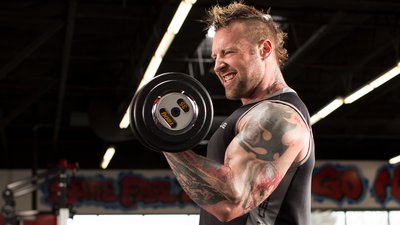That old model for losing fat—consuming fewer calories than you burn—remains true. But it doesn't tell the full story.
Think of it this way: Do you think you'd have more success consuming 1,500 calories a day and burning 2,000? Or, would you rather take in 2,000 calories and burn 3,000? The latter creates a bigger deficit, and it encourages a greater release of fat from storage, even though you're eating twice as much.
Burning 3,000 calories may seem impossible, but you can dramatically increase the amount of calories you burn though the foods you choose (and when you eat them), the supplements you take (and when you take them), and the forms of exercise you perform.
Here are my recommendations for more effective—and efficient—fat loss that doesn't involve starving yourself!
1. Avoid Insulin Spikes for Most of the Day
Nutrient timing can get complicated, but it doesn't have to be that way. Simply avoiding insulin-spiking foods most of the time is sufficient for most people.
Insulin is a hormone that functions as a driver of the calories we consume. The amount of insulin released is triggered by the foods we choose—especially carbs. At most times of day, insulin carries calories that you don't burn with activity to be stored as body fat. As such, you want to avoid consuming foods that encourage the release of insulin when you don't need that fuel to energize your workouts, or provide nutrients to rebuild muscle tissue and hasten recovery.
Put it in action: Avoid sugar, fruit juices, and processed carbs such as breads and pasta most of the time, especially when your primary goal is to cut body fat. These foods spike insulin, blunt metabolism, and make it harder to lose fat.
2. Encourage Insulin Spikes Around the Time of Your Workouts
The one caveat to avoiding insulin spikes is that you should encourage them around the time of your workouts. Because insulin is a driver of the calories you consume, it will deliver these nutrients to muscle tissue when you're training. In effect, it will provide your muscles with additional energy, and it will provide the raw materials to support muscle repair and growth when you consume protein.
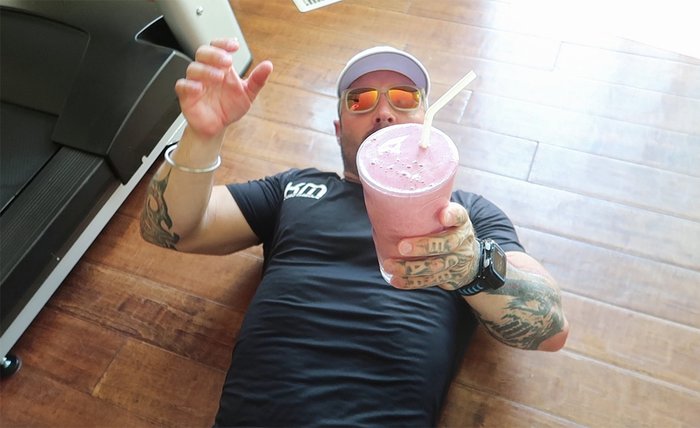
As Dwayne Jackson, Ph.D., wrote in "What Does Protein Actually Do In Your Body?" that both carbs and protein (to a lesser extent) cause insulin release, so you don't need to go overboard with carbs to get the benefits of protein, and you don't have to take them together. Simply emphasize a fast-digesting protein source, such as whey isolate, with fast-digesting carbs such as rice cakes and honey, 90 minutes before or 60 minutes after workouts.
Put it in action: Keep the emphasis on protein when you're in a cutting phase. You can take in a small amount of natural sugar, but keep it to 20-25 grams of total carbs post-workout. You should also avoid fats and fiber pre- and post-workout, as they will slow absorption of the nutrients your muscles are thirsting for. Your protein should be taken immediately after your workout. Around 45-60 minutes following, I suggest taking carbs such as rice cakes.
3. Boost Fiber Consumption for Better Fat-Loss Results
You may already know that a diet that's high in fiber supports heart health and a wide range of other crucial health markers. However, it can also help you chase your fat-loss goals.
Getting plenty of fiber with a meal helps blunt the release of insulin, which will help you pull more fat from storage. In addition, fiber "traps" some of the calories you consume, pulling them through your body instead of allowing them to be absorbed. Fiber also helps you feel more full while fewer calories are absorbed into your body (and more fat is released).
Put it into action: I take psyllium and glucomannan twice a day before my largest meals. I also emphasize fibrous vegetables such as broccoli, spinach, and kale whenever possible. Getting in fiber before and during whole-food meals helps make sure you don't overeat calorie-dense foods, especially those high in carbs.
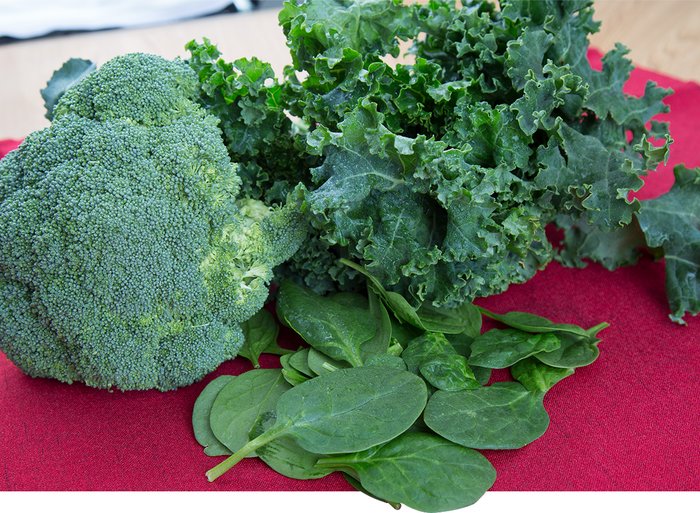
4. Try Intermittent Fasting
This nutrition strategy is particularly beneficial for those trying to reduce body fat. It's less helpful for people seeking to add muscle mass, and especially those who already have a fast metabolism.
There are many different ways to employ intermittent fasting, but the premise for all of them is essentially the same: Consume all of your calories within a window of a few hours each day, and avoid foods with calories the rest of the day. This window can be fairly long, like up to 12 hours, or rather short, like about six hours, depending on how your body feels with a limited intake of calories.
Put it in action: Choose the window that works best for you, but make certain that you don't break your fast with foods that spike insulin. Start with slow-digesting protein sources, foods high in fiber, or those that are moderate in dietary fats.
You should also include your weight-training session in your meal window, so you can optimize performance during your workout, and recovery afterwards. And finally, wrap up your eating window with a protein-rich snack such as a casein shake about two hours before going to bed.
5. Energize With Caffeine
Caffeine gets you mentally ready for hard Gethin-style training, but its benefit for fat-loss doesn't end there. Caffeine accelerates the release of fat from storage, and it also helps prevent driving calories you've consumed into storage.
In addition, caffeine stimulates your central nervous system to support longer, better workouts. One of the ways it does this is by blunting the perceived pain associated with intense weight training. In other words, it helps you lift more weight and push out more reps.
Put it in action: Don't fear caffeine! But know how to use it. Everyone responds a bit differently to caffeine, and it can be a beneficial tool in aiding fat loss. Just be careful not to take too much too late, or it could impact your ability to sleep. Personally, I prefer organic, plant-based caffeine like PurCaf rather than the synthetic caffeine in most pre-workouts and energy drinks.
6. Use BCAAs for Muscle Fuel and Fat Loss
One thing you want to avoid when you're cutting body fat is the breakdown of your muscle tissue. When you're in a calorie deficit, one of the places your body likes to turn is to muscles, breaking them down into the component parts of the branched-chain amino acids (BCAAs), a group of three amino acids: leucine, isoleucine, and valine.
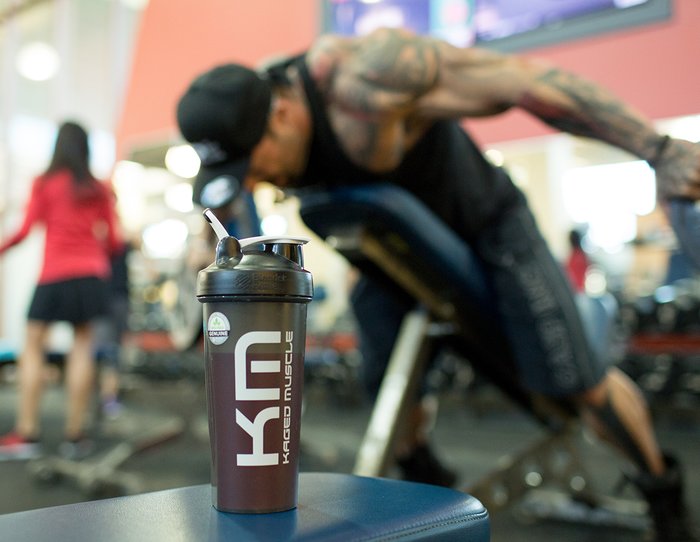
By supplementing BCAAs you help prevent this, helping to maintain metabolism. In addition, BCAAs encourage the release of insulin to help drive nutrients to muscle tissue when you take them around the time of your workouts.
Put it in action: Take high-quality BCAAs before and after workouts when you're in a cutting phase. However, I recommend staying away from them at times of day when you don't want to spike insulin.
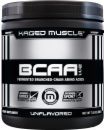
7. Take Creatine for Improved Workouts
Creatine is a massively popular supplement known to help to bolster strength and muscle gains from training. However, when fat loss is the goal, many people skip it. This is a mistake!
The extra cellular fuel provided by creatine can equate to another rep or two during any given set. Over time, this extra volume increases muscle mass, and more muscle helps you stay—or get—leaner.
One reason many people don't like to take creatine during a fat-loss phase is because it can cause bloating and fluid retention, which makes your fat-loss achievements less visible. Instead of taking the standard creatine monohydrate, I recommend creatine HCL, because in my experience, it doesn't lead to any bloating.
Put it in action: I always take creatine HCL during cutting phases. For best results, get in 750 milligrams for each 100 pounds of body weight. Take it with water 30-60 minutes before training, with your other pre-workout products. As Dwayne Jackson recommends in "The Science Behind the Best Pre- and Post-Workout Supps," you should also take the same dose immediately after workouts to support recovery.
8. Supplement With Carnitine After Workouts
Carnitine is a non-essential amino acid that's synthesized in the liver and kidneys from lysine and methionine, two other amino acids. Carnitine promotes both fat-burning and muscle-building, making it a great supplement choice during a cutting phase. Essentially, carnitine helps transport fatty acids into your cells to be used for energy. This helps burn fat released from storage as well as preventing fatty acids from being driven to stored body fat.
Put it in action: Take 1.5 grams of L-carnitine before and after your weight workouts, as well as before all cardio sessions. Not only is carnitine a proved fat-loss ingredient, it also assists with muscle recovery from weight training.[1]
9. Avoid Diet Sweeteners at Most Times of Day
While a link hasn't been clearly established between calorie-free sweeteners and harmful diseases, I still advocate avoiding them the majority of the time. Here's why: We now know that calorie-free sweeteners likely cause your body to release insulin, despite the fact that they are virtually calorie-free.[2]
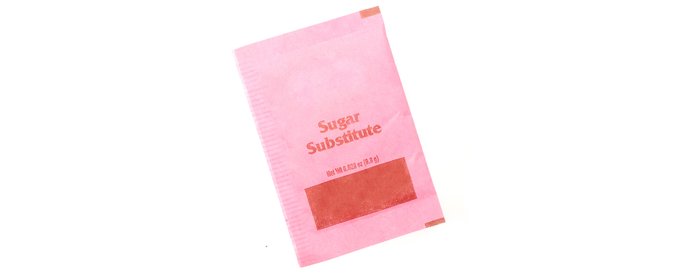
The more insulin that's released, the more your body will be inclined to drive calories to fat storage. That's true if you're eating food with a beverage with artificial sweeteners, or if you're consuming artificial sweeteners with no calories whatsoever.
Note that many protein products contain diet sweeteners, but you can consume these around the time of your workouts when you're seeking an insulin release to drive muscle growth and recovery.
Put it in action: During fat-loss phases, avoid getting in diet sweeteners except from the supplements you take before or after your workouts, when the insulin spike supports your goals.
10. Don't Fear a Small Late-Night Snack
Whether or not you're following my suggestions on intermittent fasting, you can still take in a late-night snack. For late-night snacks, emphasize slow-digesting proteins such as a high quality casein or meat—beef is especially good here— as well as some dietary fats and fiber.
The addition of fats and fiber will slow digestion, providing a steady release of nutrients to protect muscle tissue from catabolism (breakdown) while you sleep. You'll still be able to derive many of the fat-loss benefits of intermittent fasting with a late-night snack.
Put it in action: Keep your late-night snack small, like 20-30 grams of casein protein with some fiber-rich berries, and no more than about 300 calories during fat-loss phases.
11. Don't Skip the Steady-State Cardio
Many bodybuilders emphasize high-intensity interval training (HIIT) when they're dieting, but I prefer to emphasize steady-state cardio.
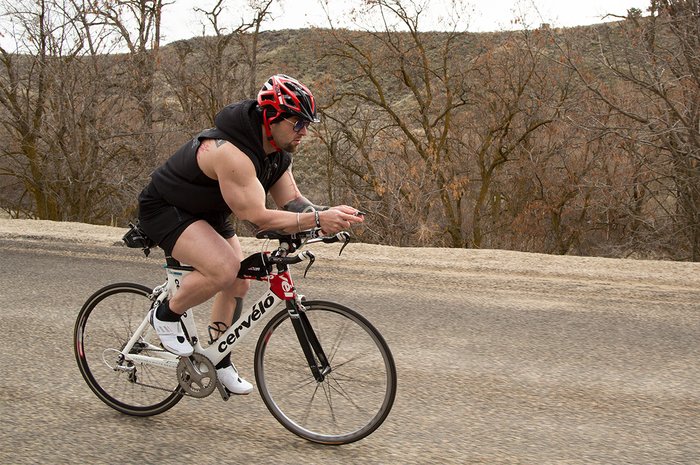
HIIT burns off more calories short term, but it comes with a price. As a bodybuilder training with intensity and cutting calories, you can only handle so much intensity! Cortisol, the hormone released during periods of stress including intense training, isn't your friend when you're cutting. It makes it harder to burn fat and recover from weight-training workouts.
Steady-state cardio helps you control body fat without driving cortisol through the roof. But it still counts as training! And for that reason, it works even better with the help of just a couple of staple supplements to help preserve muscle mass and boost insulin.
Put it in action: Perform 20-30 minutes of steady-state cardio first thing in the morning after consuming BCAAs and glutamine, or after your weight-training workouts, getting in at least seven sessions a week.
References
- Volek, J. S., Kraemer, W. J., Rubin, M. R., Gómez, A. L., Ratamess, N. A., & Gaynor, P. (2002). L-Carnitine L-tartrate supplementation favorably affects markers of recovery from exercise stress. American Journal of Physiology-Endocrinology and Metabolism, 282(2), E474-E482.
- Pepino, M. Y. (2015). Metabolic effects of non-nutritive sweeteners. Physiology & Behavior, 152, 450-455.

